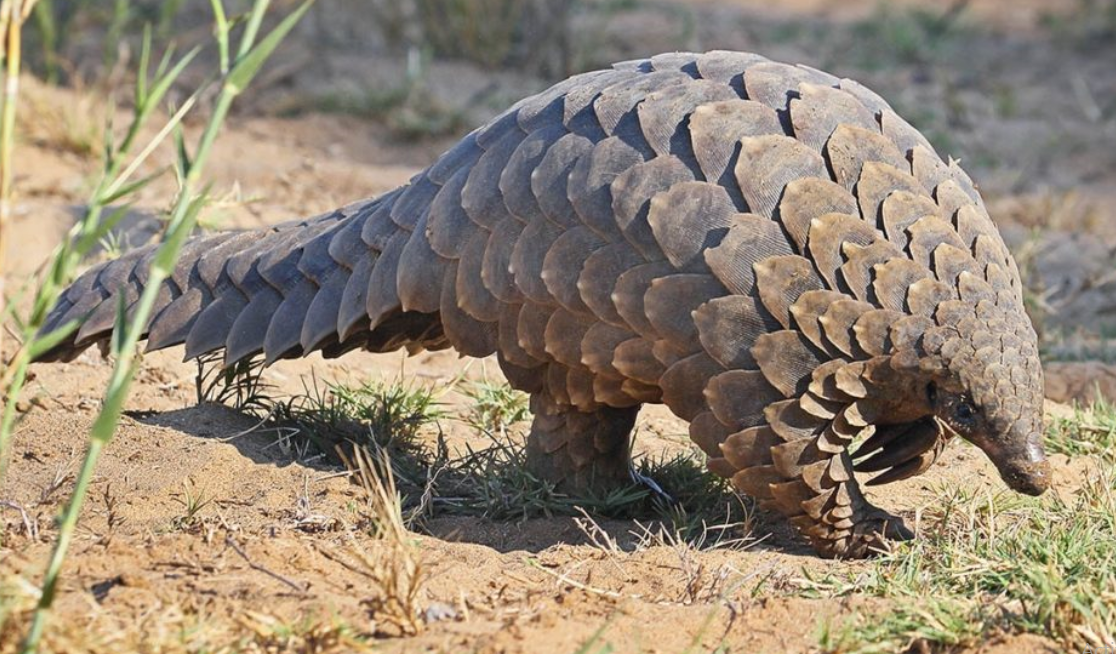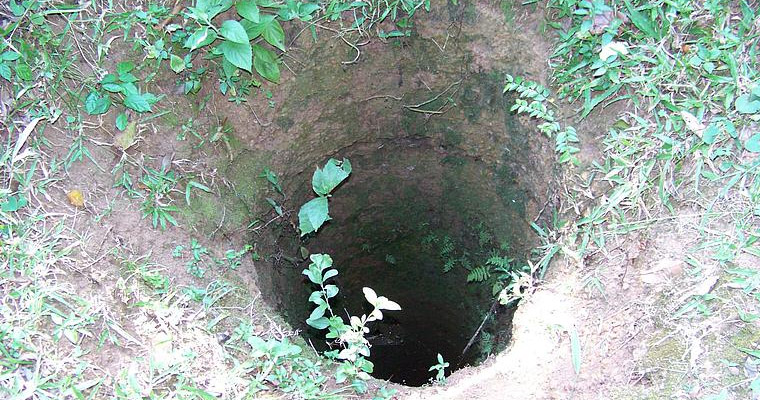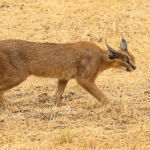Pangolins | Uganda Wildlife
Pangolins | Uganda Wildlife Pangolins | Uganda Wildlife : These animals generally have large, protective keratin scales covering their skin. In addition, they live in hollow trees or burrows depending on the species. In fact, Pangolins are the only world’s mammals with keratin scales covering the whole body. The word pangolin comes from the Malay […]











